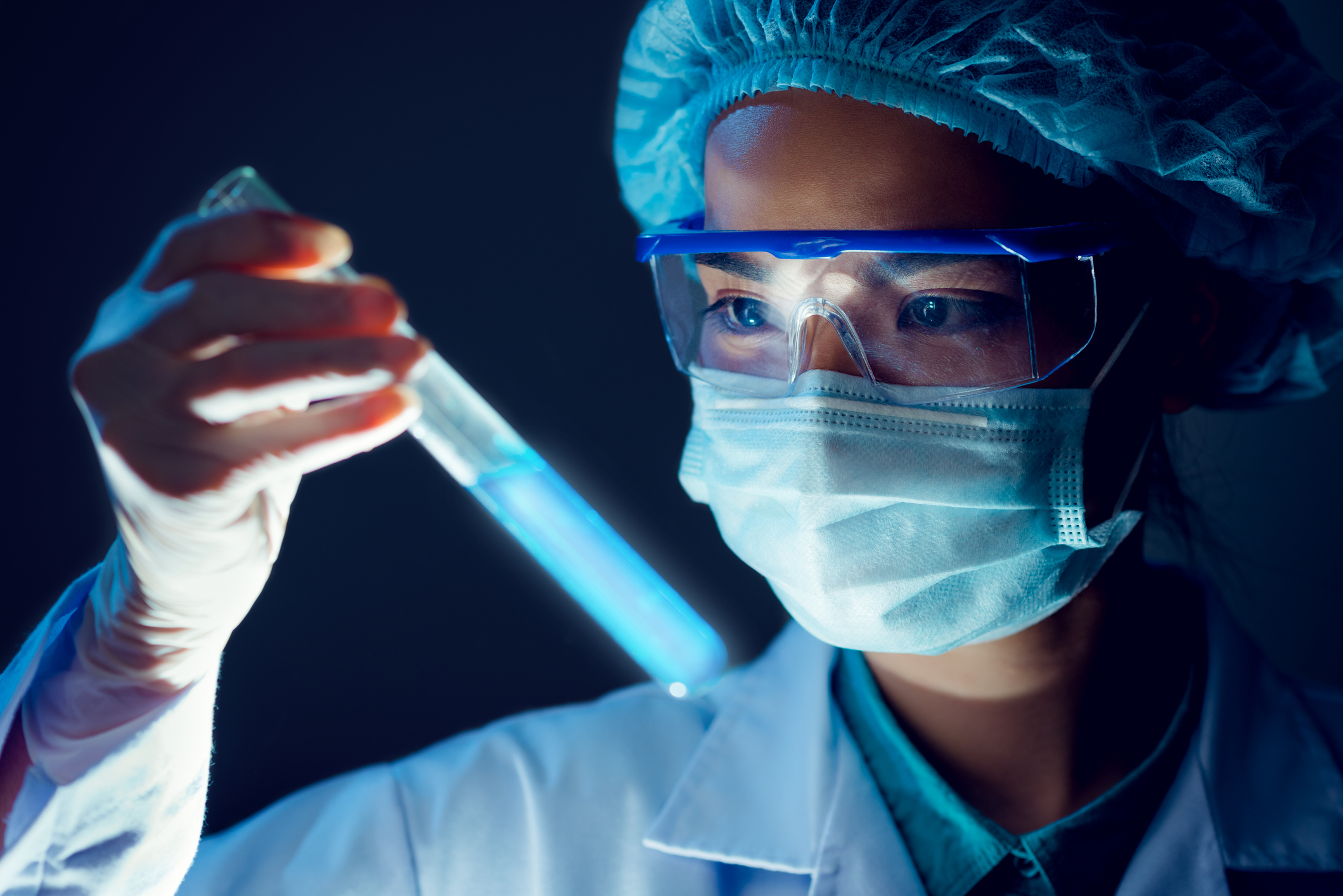Let's talk about lab water
Let's talk about lab water

Recent developments1 and the inclusion of SPE in the EU programme for water analyses2 confirm the on-going role of SPE and I am taking the occasion to review the requirement for purified water in current SPE techniques.
SPE covers a range of sample preparation techniques in which one or more compounds in a liquid mixture are separated from other compounds in the mixture by passing the liquid (known as the mobile phase) through a solid (known as the stationary phase). Separation is due to their different physical or chemical interactions with the solid phase. Usually, the desired analytes of interest are retained on the stationary phase. The portion that passes through the stationary phase is discarded and analytes on the stationary phase are collected by rinsing it with an appropriate eluent. As in HPLC, different stationary phases and operating techniques are used for conventional, reverse phase and ion-exchange SPE and they have different pure water requirements.
A typical conventional SPE involves five basic steps. First, the cartridge is equilibrated with a non-polar or slightly polar solvent, which wets the surface and penetrates the bonded phase. Then water, or buffer of the same composition as the sample, is typically washed through the column to wet the silica surface. The sample is then added to the cartridge. As the sample passes through the stationary phase, the polar analytes in the sample will interact and retain on the polar sorbent while the solvent, and other non-polar impurities pass through the cartridge. After the sample is loaded, the cartridge is washed with a non-polar solvent to remove further impurities. Then, the analyte is eluted with a polar solvent or a buffer of the appropriate pH.
Reversed phase SPE separates analytes based on their polarity. The stationary phase of a reversed phase SPE cartridge retain compounds of low polarity due to the hydrophobic effect. The analyte can be eluted by washing the cartridge with a non-polar solvent, which disrupts the interaction of the analyte and the stationary phase.
Ion exchange sorbents separate analytes based on electrostatic interactions between the analyte of interest and the positively or negatively charged groups on the stationary phase. For ion exchange to occur, both the stationary phase and sample must be at a pH where both are charged.
Purified water is used in SPE to precondition the cartridges, to rinse the extracted material and as an eluent. The water can be used directly, mixed with organic solvents or as a diluent for buffer solutions. The two cases below show typical examples of the use of purified water in SPE.
Wu et al. (2014)3 measured isotopically labelled nitrous oxide in biogeochemical studies by converting it into an azo dye, which is purified by SPE. 20 ml of pure water was used to dilute the dye, a further 2 ml were used to pre-condition the cartridge before extraction and a further 2 ml to wash the extract to remove ions. Water was also used as part of the final eluant before HPLC-MS analysis.
Milkovska-Stamenova et al. (2015)4 used ion exchange SPE in the analysis of glycation mixtures. The cartridges were equilibrated with 3 x 1 ml of ultrapure water, while 50µL sample was diluted with 1 mL water before loading. Carbohydrates were eluted with 10 mL of water prior to derivatization and GC-EI-MS analysis.
As can be seen from these examples, water is a common requirement in SPE work. The volumes involved are often quite small but they are usually considerably more than the samples. High purity is essential, particularly low TOC. Ultrapure water is the norm. Such water is also often required in the subsequent HPLC or LC-MS analyses. A random selection of recent SPE applications showed that ultrapure waterwas used in methods as diverse as the determination of opioids in human urine5, the study of glycosylation in biomedical research6 and the contamination of food by chemicals used in personal care products7.
References
Dr Paul Whitehead
After a BA in Chemistry at Oxford University, Paul focused his career on industrial applications of chemistry. He was awarded a PhD at Imperial College, London for developing a microwave-induced-plasma detector for gas chromatography. He spent the first half of his career managing the analytical support team at the Johnson Matthey Research/Technology Centre,specialising in the determination of precious metals and characterising applications such as car-exhaust catalysts and fuel cells. Subsequently, as Laboratory Manager in R&D for ELGA LabWater, he has been involved in introducing and developing the latest water purification technologies. He now acts as a consultant for ELGA.